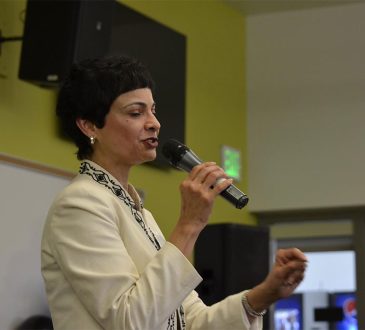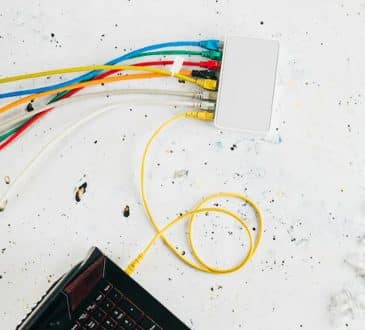Why Leaders are often Villain-Like and how they can become More Hero-Like

Here is an unfortunate reality: Most, if not all, leaders see themselves as a hero; yet evidence suggests that perhaps the majority of leaders are actually the villain.
Consider Tom Coughlin. Tom Coughlin is the former successful head football coach of the New York Giants, having won two Super Bowls with the Giants. Upon stepping down as the coach of the Giants, he took on the role of executive vice president of football operations for the Jacksonville Jaguars, a team that has historically been poor.
We have got to believe that in taking this new position, Tom Coughlin wanted to turn around the Jacksonville Jaguars to become a winning team. Tom Coughlin surely wanted to play the role of “hero.”
Something to note about Tom Coughlin is that he is known as a “hard-nosed guy, a strict disciplinarian, and a tough guy who can’t relate to his players.”
So, how did Tom Coughlin do at his ambitions to make the Jacksonville Jaguars a successful football team?
Because there are 32 teams in the NFL, the NFL players on the Jacksonville Jaguars represent approximately 3% of the NFL. Yet, according to the NFL Players Association, 25% of all complaints filed by NFL players came from the Jacksonville Jaguars.
This was so bad that the NFL Players Association publicly stated that they could not recommend that any football players play for the Jacksonville Jaguars, which promptly led to Tom Coughlin’s firing.
Here is a situation where a leader with great intentions had the exact opposite effect as intended.
Tom Coughlin was someone who thought of himself as a hero but was really the villain.
Unfortunately, this phenomenon is all too common. As a leadership development consultant, I have yet to meet an organizational leader who doesn’t want to have a positive and significant impact on the organization they are serving and the people they are leading. Yet, consider the following statistics:
- 40% of employees rank their boss as “bad”
- 60% of employees report that their boss damages their self-esteem
- 65% of employees say they would take a new boss over more pay
- 75% of employees report their boss is the worst and most stressful part of their job
These statistics suggest that there are a lot of leaders who see themselves as heroes but are really villains.
Why is it that leaders and managers with intentions to have positive effects can have such negative effects?
To answer this question, we need to understand what makes a villain a villain.
What makes a villain a villain?
At the root, a villain is a villain because of a lack of self-awareness.
Do villains see themselves as a villain? Generally, not. They see themselves as the hero. But what they don’t recognize is that they generally have a fears and insecurities that drive them to behave in ways that, to them, are fully justified, but lead to negative effects for those around them.
Fears and Insecurities that Commonly Make Leaders Villains
There are four fears that leaders commonly possess that cause them to have desires that are justifiable yet have negative implications for those they lead. They are as follows:
Look at these desires for a moment. Are these desires bad?
Not at the surface. They are very justifiable. Who wants to look bad, be wrong, have problems, or get passed up? No one.
Now consider the focus of these desires. They are all focused on self-protection. Is that where we want our leaders’ focus?
Across each of these fears, desires, and effects, the same general phenomenon plays out: the leader is more concerned about protecting themselves and less concerned about advancing their organization.
To leaders with these fears and desires, their intentions are good (at least from their perspective), but their awareness is low.
This was Tom Coughlin. Those who knew him said he had an intense desire to be “in control,” which was surely fueled by at least one of the fears identified above. This desire caused him to do what he felt was best for him, and not necessarily what was best for the players on the Jacksonville Jaguars.
Helping Leaders to Become more Hero-like
If we want leaders to become more hero-like, we have got to focus on the opposite of fear: acceptance.
Consider the following:
Again, look at the desires. Who would you rather follow? Someone who desires to look good, be right, avoid problems, and get ahead? Or someone who desires to learn and grow, find truth and think optimally, reach goals, and lift others?
Which set is more villain-like and which set is more hero-like?
The key to helping leaders become more hero-like is to help them to become more self-aware of their fears and resulting desires and develop acceptance and more positive desires. Until then, leaders will continue to commonly wreak havoc.
Have you read?
# Richest Women In The World For 2020
# Africa’s Billionaires: Richest People In Africa, 2020
# Most economically influential cities in the world, 2020
# The World’s Best Cities For Luxury Shopping, 2020
# World’s Best Countries To Invest In Or Do Business For 2020
Add CEOWORLD magazine to your Google News feed.
Follow CEOWORLD magazine headlines on: Google News, LinkedIn, Twitter, and Facebook.
This report/news/ranking/statistics has been prepared only for general guidance on matters of interest and does not constitute professional advice. You should not act upon the information contained in this publication without obtaining specific professional advice. No representation or warranty (express or implied) is given as to the accuracy or completeness of the information contained in this publication, and, to the extent permitted by law, CEOWORLD magazine does not accept or assume any liability, responsibility or duty of care for any consequences of you or anyone else acting, or refraining to act, in reliance on the information contained in this publication or for any decision based on it.
Copyright 2024 The CEOWORLD magazine. All rights reserved. This material (and any extract from it) must not be copied, redistributed or placed on any website, without CEOWORLD magazine' prior written consent. For media queries, please contact: info@ceoworld.biz
SUBSCRIBE NEWSLETTER










